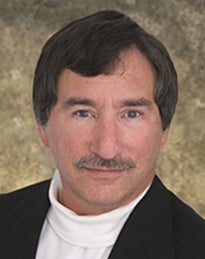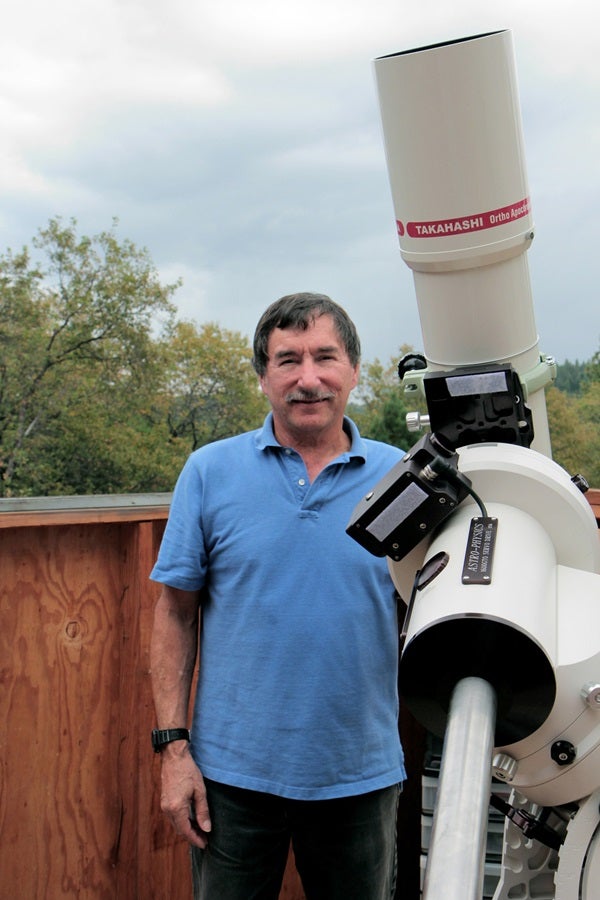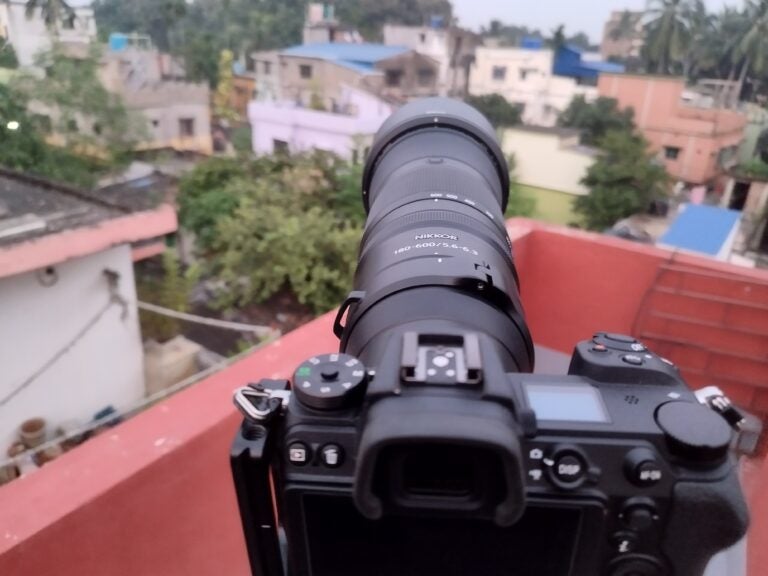This will be my final column. It has been a pleasure sharing what I could about imaging and processing with you for the past three years. Now, however, it is time for me to retool and reinvent myself. And that will be the topic of this last article.
The refuse heap of astroimagers is littered with luminaries who appeared like flashes of light, burned for a few years, and then left the avocation. Each had their own reason for leaving, but I suspect that the underlying cause is that it became too much of the same old thing. Shoot another nebula … ho-hum … shoot another galaxy … more of the same.
To keep things moving forward, it is vital that you discover some way to reinvent yourself. You can do this in two ways, and ideally, you will do it both ways at the same time. First, you can invest in new optics and imaging equipment that will further your capabilities. Second, you can study new software and new techniques to improve your processing skills.
Except for this column and the lecture circuit, I basically have been in hibernation for a few years. My equipment was not keeping pace with my abilities as I learned more and more about imaging.
To remedy this situation, I have invested in new equipment. I plan to use one of my telescope purchases — a rich-field refractor — at my ultra-dark sky site in northeastern California. And so that I won’t always have to travel several hours to use the latest and greatest, I’ll put the other scope — a large Cassegrain reflector — in my home observatory.
Do you need high-end equipment to make extremely good images? Not necessarily, but it sure helps. High-quality equipment makes the avocation more exciting as well. Which one of you would prefer a 3-inch achromat to a state-of-the-art 6-inch apochromatic triplet? Silly question.
The other way to keep progressing is to continue learning all you can about imaging and image processing. My personal motto is, “You’re only as good as your last shot.” What this means is that if you didn’t learn something new with your last image, if you didn’t push your envelope just a little bit, then you are not moving forward. Thankfully, most of you will find that each new image brings new challenges and progress is almost automatic. To a large extent, doing is learning.
How can you stay on top of things? One of the best ways is to attend get-togethers like the Advanced Imaging Conference held in California each year. Not only do acknowledged leaders in the hobby make presentations, but astroimagers teach classes as well.
Another thing you can do is join your local astronomy club — you’ll be surprised how much “brain power” a collective resource like this can produce. Many tutorials are available in print and on the Internet now. Just when you think you finally might know everything … surprise … there’s something new.
Amateur astrophotography is currently in a golden age. We have telescopes and cameras unheard of just 10 years ago. Powerful processing software makes full use of the photons these instruments gather. Our hobby’s future appears bright.
My final wish for all of you is that you continue to grow in this field and continue to reinvent yourselves. The sky truly is the limit.











